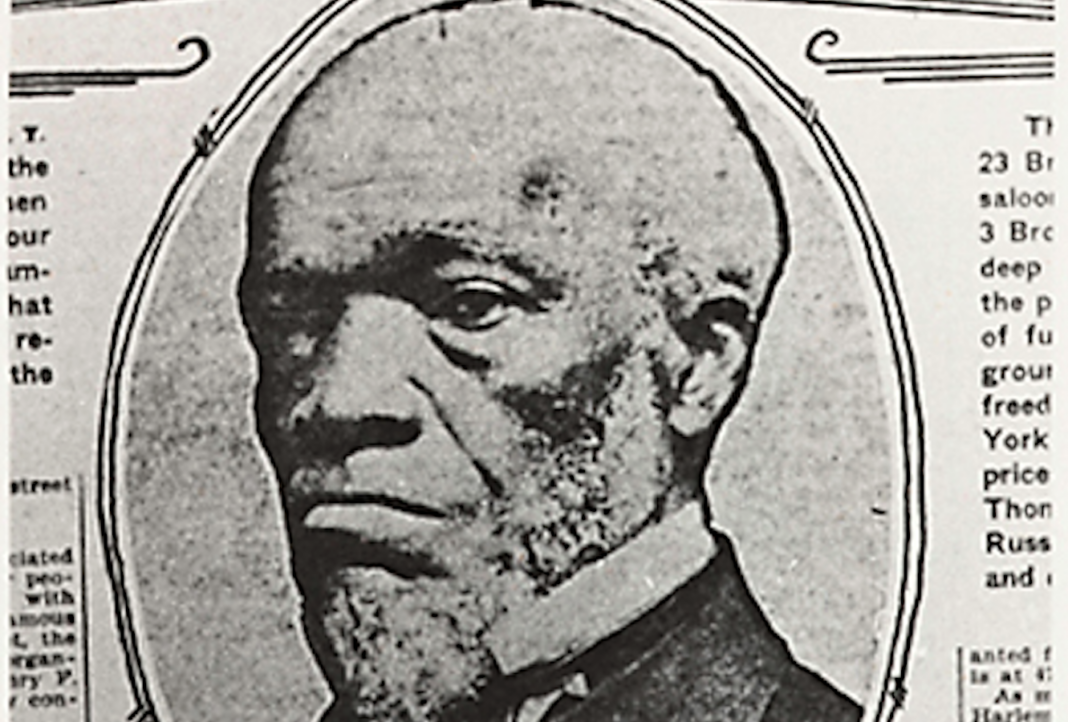As an aside, oyster fans looking for a fascinating read should consider The Big Oyster: History on the Half Shell, by offbeat food chronicler Mark Kurlansky. New York City’s superlative setting amid the Hudson River estuary has been altered (and vastly compromised) by humanity these past five centuries, but originally the vicinity was a natural paradise and one of the most bountiful oyster capitals of the entire planet.
Filled with cultural, historical, and culinary insight–along with historic recipes, maps, drawings, and photos–this dynamic narrative sweeps readers from the seventeenth-century founding of New York to the death of its oyster beds and the rise of America’s environmentalist movement, from the oyster cellars of the rough-and-tumble Five Points slums to Manhattan’s Gilded Age dining chambers. With The Big Oyster, Mark Kurlansky serves up history at its most engrossing, entertaining, and delicious.
If the word “prolific” did not exist, we’d be compelled to invent it to describe Kurlansky’s amazing output of books and articles, whether about food (salmon, cod, salt, and Clarence Birdseye, inventor of frozen food) or varied other topics (Ernest Hemingway, fly fishing and “big lies”). See the writer’s bibliography and become a believer at his web site.
Meanwhile, writing at Gastro Obscura, Briona Lamback profiles 19th-century New York City oysterman and entrepreneuer Thomas Downing, who also figures in Kurlansky’s The Big Oyster. Downing’s story is free to read on line, and I recommend it highly.
The Double Life of an Oyster King
IN THE HEART OF NEW York’s financial center, a vacant building has sat untouched for decades. Behind its unassuming brass shell is the story of New York City’s once-famed oyster houses and the overlooked life of Thomas Downing, the city’s Black oyster king.
During the 1800s, the elite flocked to Downing’s Broad street oyster house for a slurp of his freshest catch—considered the best in the city. Downing, born to formerly enslaved parents, rubbed elbows with wealthy aristocrats and businessmen throughout his career and only served white patrons in his restaurant. Little did they know, he was hiding a dangerous secret in the basement.
Cover photo credit, and for more about the fascinating way oysters intertwine with Black history: Finding Freedom Through Oysters in 19th Century New York (Part One) at North Carolina State University.




















